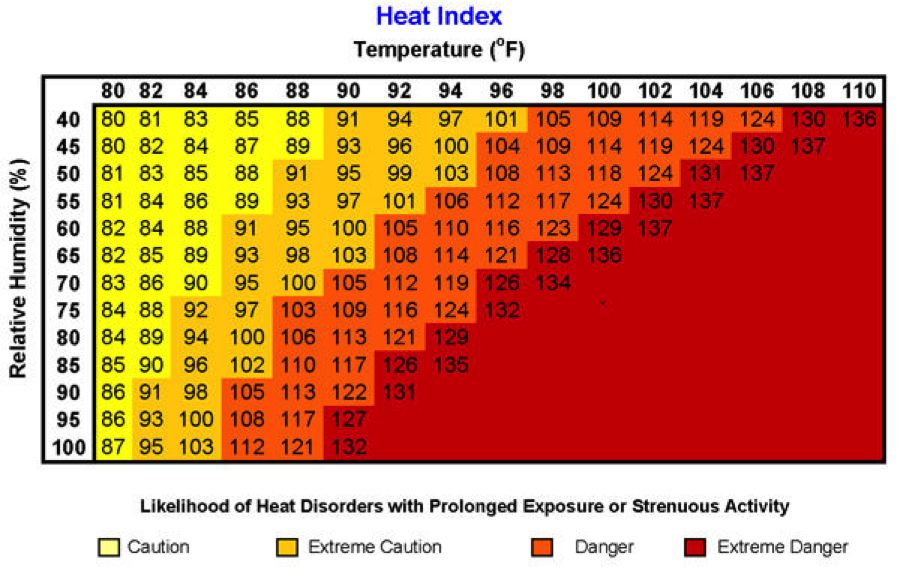maisie06
Well-Known Member
So reading the news section and it's saying about a huge surge in cases got me thinking that when I started out with horses we didn't see anywhere near as much laminitis as we do now and those cases tended to be the classic little fat ponies, EMS wasn't really heard of either.
I understand we have better diagnostics these days but what do you think is the cause of this perfect storm of laminitis? I have a few theories, Ponies living longer and laminitis being a secondary to cushings, environmental factors such as mild wet winters and hot summers leading to grass becoming very sugary, diversification of cattle grazing to horse pasture, Feeding of excess hard feed and lack of work leading to obesity, I also wonder if we are breeding animals prone to metabolic disorders,
Discuss...
I understand we have better diagnostics these days but what do you think is the cause of this perfect storm of laminitis? I have a few theories, Ponies living longer and laminitis being a secondary to cushings, environmental factors such as mild wet winters and hot summers leading to grass becoming very sugary, diversification of cattle grazing to horse pasture, Feeding of excess hard feed and lack of work leading to obesity, I also wonder if we are breeding animals prone to metabolic disorders,
Discuss...

